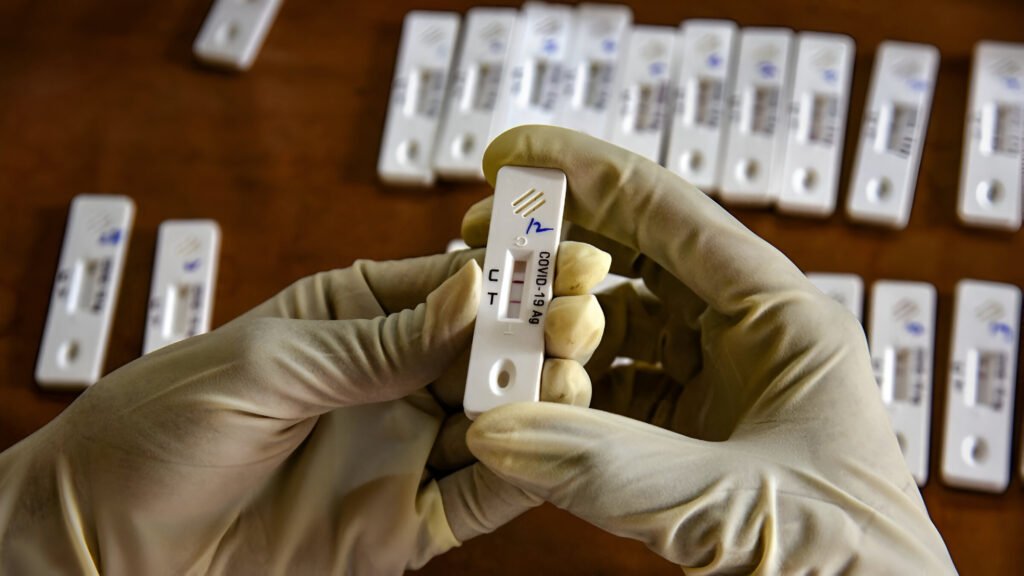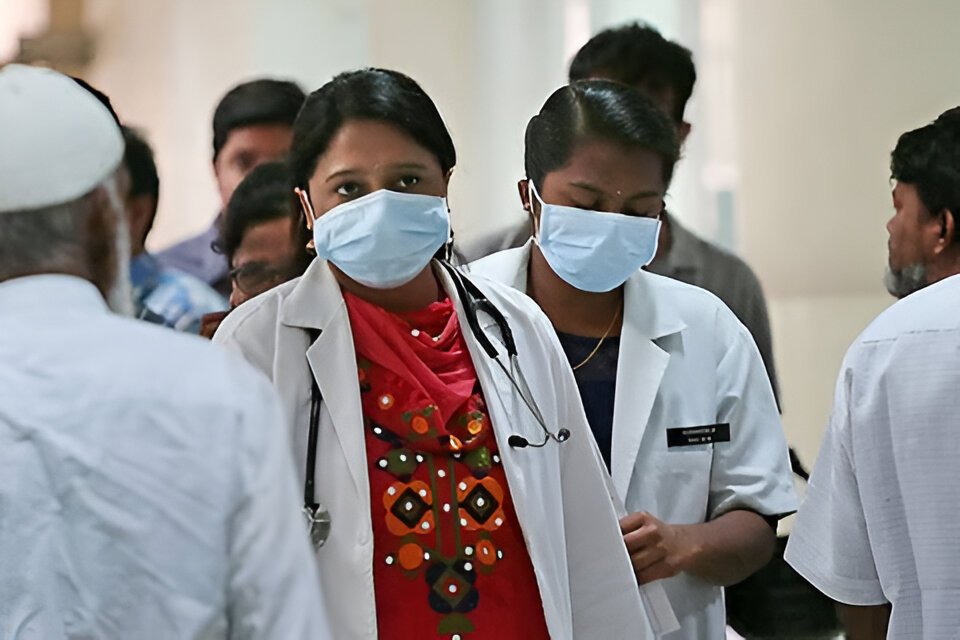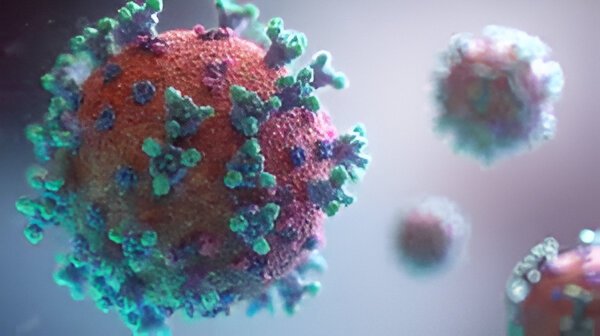
While the world is still adapting to the post-pandemic new normal, another COVID-19 variant—NB.1.8.1—is sending waves of alarm among global health communities. The World Health Organization (WHO) says this new strain, discovered recently, could be behind an increase in cases reported in some parts of the world, mainly the eastern Mediterranean, Southeast Asia, and the western Pacific.
Rise in Global Cases and New Variant Alert
The WHO reported on Wednesday that several countries across these three regions have started to experience increases in both COVID-19 cases and hospitalizations. While this isn’t the first time we’ve seen such a trend, what makes it noteworthy is the link to a newly circulating variant: NB.1.8.1.
By mid-May, NB.1.8.1 accounted for nearly 11% of all sequenced samples globally. Although it’s gaining ground, the WHO has designated this variant as a “variant under monitoring,” which indicates a relatively low level of concern for now. Current evidence suggests that it does not cause more severe illness compared to previously circulating variants. But its swift transmission and increasing detection rate are keeping health officials on their toes.
U.S. Detection and Global Spread
US airport screening has already detected this variant in passengers entering the country from the affected areas. NB.1.8.1 cases have so far been reported in California, Washington state, Virginia, and New York. While the Centers for Disease Control and Prevention (CDC) has not yet issued widespread alerts, the detection is a reminder that international travel remains a key conduit for the spread of emerging variants.
Worldwide, the LP.8.1 remains the prevailing strain that’s still in circulation. However, with the rapid increase of NB.1.8.1, the viral environment may once again change, particularly if the variant turns out to be more contagious in the long run.

Changes in U.S. Vaccination Guidance
With the coming of NB.1.8.1 comes a critical change in the official COVID-19 vaccine policy of the United States. On Tuesday, Health Secretary Robert F. Kennedy Jr. revealed that COVID-19 vaccines are no longer recommended for healthy kids and pregnant women. This move has already triggered an avalanche of shock and denunciation among public health experts.
Most experts believe that vaccines have helped to maintain low rates of severe illness and death, particularly among high-risk populations. While NB.1.8.1 is not presently associated with more severe disease, the decreased attention to vaccination among high-priority populations may be dangerous if future variants emerge with enhanced pathogenicity or resistance to vaccination.
What the WHO Says
The World Health Organization has been watching closely and has, up to now, taken a cautious approach. The public health risk of NB.1.8.1 is, in the views of WHO officials, low at a global level. Happily, vaccines in use are likely to continue to work against this variant as well, offering a welcome and additional protection for people who are fully vaccinated.
That said, the WHO cautions that several western Pacific countries have already reported increased COVID-19 hospitalizations. While there’s no indication that NB.1.8.1 leads to more severe disease, a higher number of cases—even if mild—can still place a burden on healthcare systems, especially in low-resource settings.

The Road Ahead
The emergence of NB.1.8.1 serves as a reminder that the COVID-19 pandemic is not entirely behind us. The virus continues to mutate, and the global health community must remain vigilant. Variants under monitoring, like NB.1.8.1, offer valuable insights into how the virus is evolving and allow scientists to anticipate potential shifts in transmissibility, vaccine effectiveness, and public health strategies.
At the same time, public messaging around vaccination remains crucial. While the United States’ new stance may appeal to some, experts emphasize the importance of relying on peer-reviewed science and WHO guidelines for vaccination decisions. Reduced vaccination rates could inadvertently open the door for more severe outbreaks in the future.
Conclusion
As of now, NB.1.8.1 is not a cause for panic, but it is certainly one for caution. Travelers, healthcare providers, and policymakers alike should stay informed about new developments. Surveillance, vaccination, and global cooperation continue to be our best tools in navigating this ever-evolving virus.
The WHO’s ongoing assessment of variants like NB.1.8.1 reflects a broader mission: to ensure that the world remains prepared, not just reactive. While the worst days of the pandemic may be behind us, complacency is not an option.









